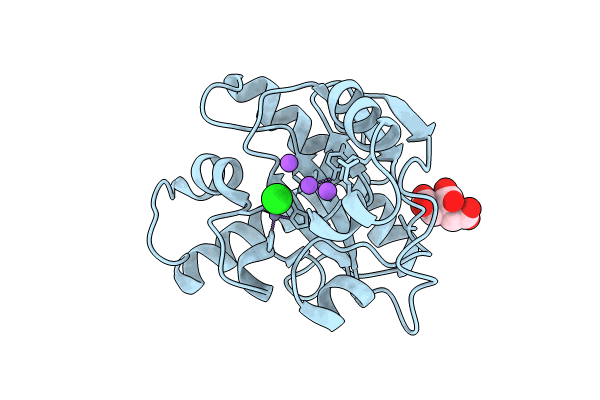
Deposition Date
2023-01-03
Release Date
2023-12-13
Last Version Date
2023-12-13
Entry Detail
PDB ID:
8C4D
Keywords:
Title:
N-acetylmuramoyl-L-alanine amidase from Enterococcus faecium prophage genome
Biological Source:
Source Organism:
Enterococcus faecium (Taxon ID: 1352)
Host Organism:
Method Details:
Experimental Method:
Resolution:
1.97 Å
R-Value Free:
0.19
R-Value Work:
0.17
R-Value Observed:
0.17
Space Group:
P 43 2 2


